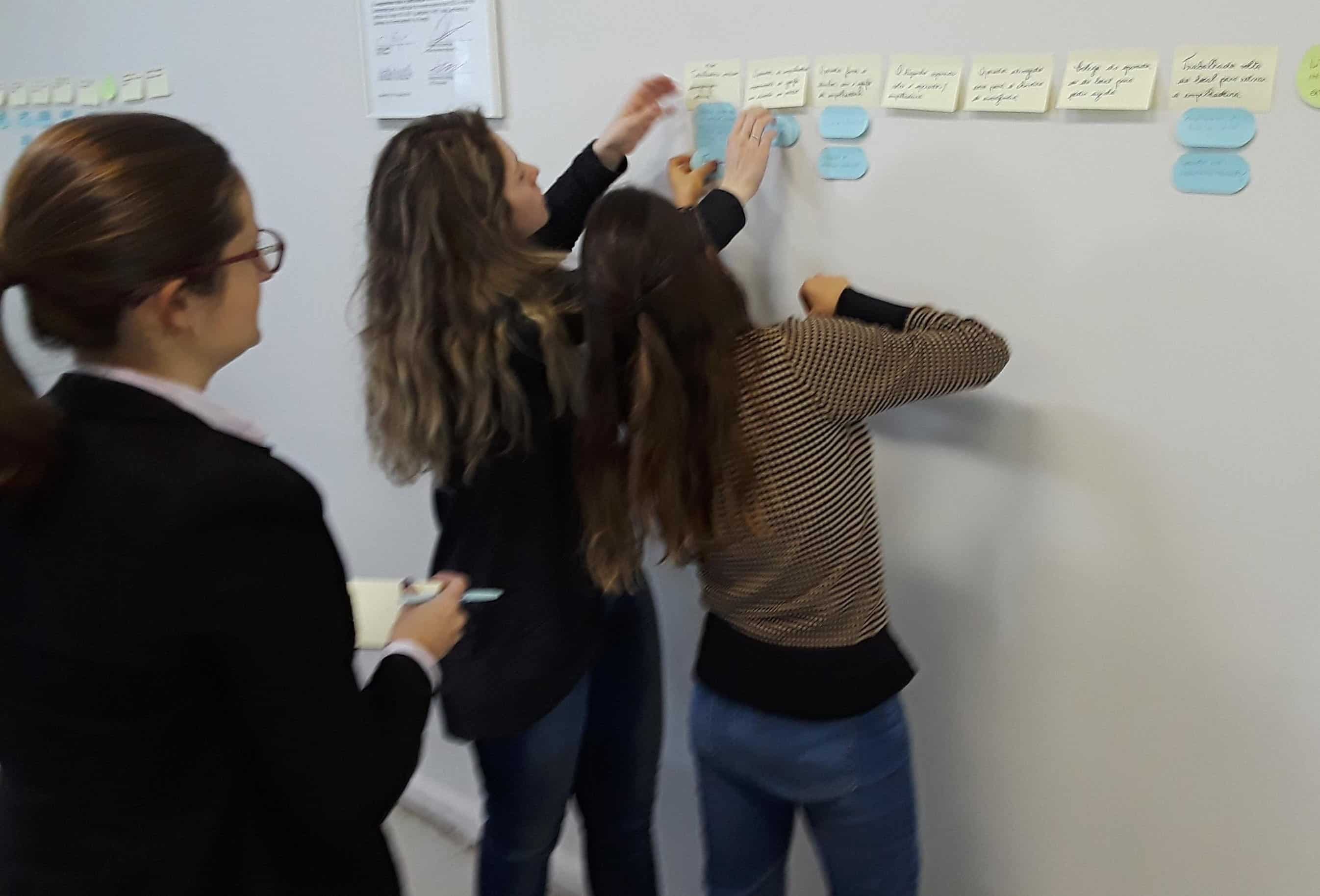When Cutting Costs Costs You More

A Senior Executives Pain…

I overheard a senior executive talking about the challenges his company faced:
- Prices for their commodity were down, yet costs for production were up.
- Cost overruns and schedule slippages were too common.
- HSE performance was flat-lined despite setting improvement goals.
- They had several recent quality issues that caused customer complaints.
- They cut “non-essential” spending (training and travel) to compensate for revenue shortfalls but didn’t see overall cost reductions.
I thought to myself …
“HOW MANY TIMES HAVE I HEARD THIS STORY?”
A Different Way to Cut Costs
I felt like interrupting him to explain how he could stop some of his PAIN. We can’t do anything about low commodity prices. The price of oil, copper, gold, coal, or iron ore is beyond my control. He can’t control these either. But he was doing things that were making his challenges (pain) worse.
For example, if you want to stop cost overruns, you need to analyze and fix the root causes of the cost overruns. This can cut costs.
How do you do that? With TapRooT® Root Cause Analysis.
And how would people learn about TapRooT®? By going to training.
But what had he eliminated? The training budget! So, cutting costs increased costs.
How about the flat-lined HSE performance?
To improve performance, his company needs to do something different. They need to learn best practices from other industry leaders from their industry and others.
Where could his folks learn new best practices and benchmark their performance EHS improvement efforts? At the TapRooT® Summit.
His folks didn’t attend because they didn’t have a training or travel budget! So, cutting costs led to flat-lined safety performance (and the loss of potential savings if safety improved).
And the quality issues? He could have his people use the same advanced root cause analysis tools (TapRooT® RCA) to attack them. Adding a few people to their TapRooT® Root Cause Analysis training would have cost almost nothing compared to the cost of the quality issues.
Another Cost Cutting Example
This reminds me of the comment from a VP at another company. He made the comment after a presentation about a major accident that cost the company big $$$$ (the corporate board knew about the accident and the lost revenue). It was lucky that they didn’t have multiple fatalities (no one was hurt). The accident was clearly linked to cost-cutting and downsizing. An initiative that the VP had initiated at the suggestion of consultants. At the end of the presentation, he said:
“If anybody would have told me about the potential impact of these cuts,
I wouldn’t have made them!”
Image that. Nobody told him he was causing bad performance by cutting the people and budget they needed to ensure safety and operational excellence.
That accident and quote occurred more than 20 years ago. The more things change, the more they stay the same!
What can you do? Share this story!
Show your management how TapRooT® Root Cause Analysis can help them stop accidents, improve performance, and cut costs! (See the Success Stories at THIS LINK.)
Once they understand how TapRooT®’s systematic problem-solving can help them improve performance even in a down economy, they will realize that the small investment required is to reduce potential headaches and save dollars.
Because in hard times, it is especially true that:
“YOU CAN’T STOP SPENDING BAD MONEY
OR START SPENDING GOOD MONEY
FAST ENOUGH!”

Start Improvements Today!
First, get some people trained in TapRooT® Root Cause Analysis. I suggest the 5-Day TapRooT® Advanced Root Cause Analysis Team Leader Course. See the upcoming public courses at THIS LINK. Or CONTACT US for a quote for a course at your site.
Second, get an improvement team registered for the upcoming Global TapRooT® Summit. See details about the upcoming Summit HERE. See the potential discounts for bringing people to the Summit and attending a pre-Summit Course below.

CLICK HERE to register for the upcoming Summit.
Finally, if you are interested, get an executive briefing for your senior executives by CONTACTING US.



